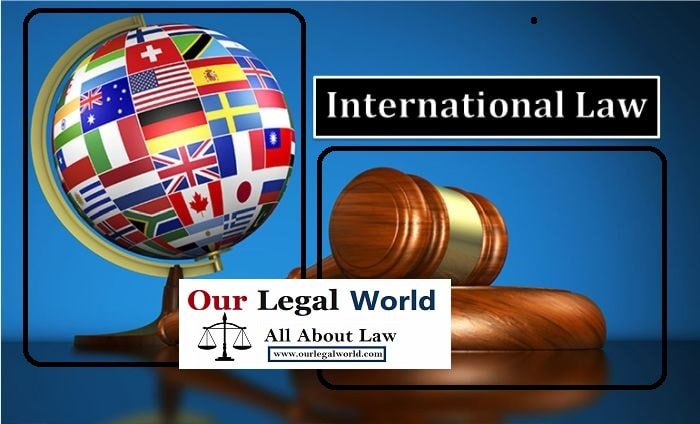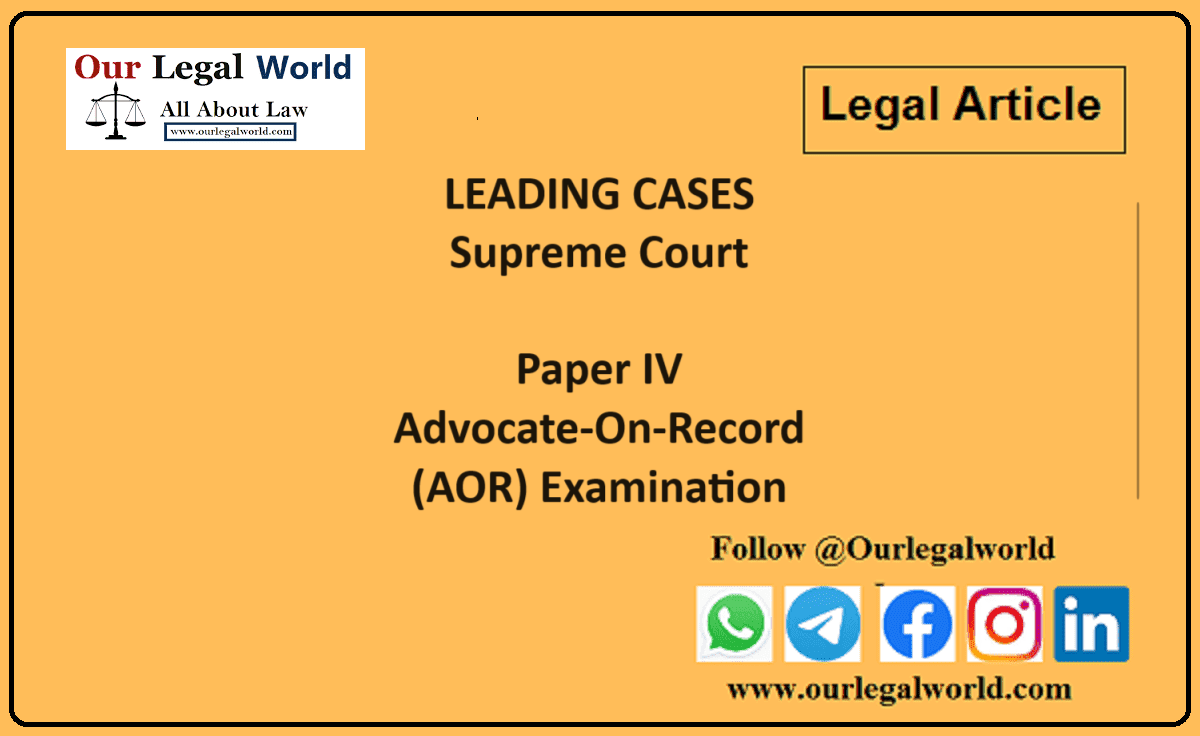SOURCES OF INTERNATIONAL LAW
INTRODUCTION:
The question of sources is very important for any form of law. To answer that, materials and the processes which regulate international law are called sources of international law. “Source gives us an understanding of the objective behind the formation of everything.”
Such sources which form the regulations and principles of International Law are revealed in Article 38(1) of the International Court of Justice (ICJ) statue.
Sources of international law can be regarded as:
- Primary Sources
- International convention and treaties
- Custom
- General principles of law
- Secondary Sources
- Judicial decisions
- Teachings of publicists.
PRIMARY SOURCES:
Primary sources of the international law are referred from the Article 38(1) (a-c) of the International Court of Justice (ICJ) statue. This article forms the backbone for the sources of international law.
- International Conventions and Treaties
The primary source of International laws is treaties and conventions, which are introduced in Article 38(1) (a) of the ICJ. They are also known as charters, declarations, conventions, and statutes. These agreements or treaties are signed between the countries with their consent and it is applicable only between those signed countries. Conventions are of multilateral and bilateral, multilateral conventions express treaties. No state can breach the treaty as they have erga omnes obligations (owed to the whole world) as a disciplinary sense of duty
“A treaty is a contract between the governments of two or more sovereign states” was stated in the case Maclaine Watson v. Dept. of Trade and Industry.
The treaties are controlled and regulated under the Vienna Convention on the Law of Treaties of 1969 (VCLT), which came into force on 27th January 1980. The term treaty is defined in the Article 2(1) (a) of the VCLT and recognizes who can settle in a treaty, and sketches treaty interpretation, disputes, and reservations (Article 2 (1) (d))
Article 26 of the act says that “Every treaty in force is binding upon the parties to it and must be performed by them in good faith.” The theory of performing the treaty in good faith is based upon the oldest principle of international law, pacta sunt servanda (“agreements must be kept”)
Nicaragua v. USA and Danube Dam It was held that “some of the rules laid down in the Vienna Convention on the law of Treaties might be considered as a codification of existing contemporary law”
2. Custom
Article 38(1) (b) of the ICJ statute defined custom as “evidence of a general practice accepted as law.” The actual practice of states and the acceptance by states of that practice as law are two fundamental elements of custom. Material facts are the actual practice of the state, by considering some more elements the actual practices become the practice of law.
- Duration
There is no specific amount of duration specified, it should be followed long enough to accept as a satisfied custom.
The same was stated by the ICJ in the case North Sea Continental Shelf cases.
- Uniform, consistent, and general
The practice should not be habitual but it should be an obligatory one, added to that such a practice must be uniform, consistent, and general.
The importance of uniformity and constantly, in the Asylum Case it was said that “a customary rule must be used throughout history which can be traced through state practice.”
- An opinion of Law
Customary International Law is shaped when states unfailingly act in a certain method out of a sense of opinio juris (legal obligation). The states must view themselves as being under a legal obligation to follow the practice as binding in Law.
In the Lotus case (France v. Turkey), it was held that “an essential element of customary international law is opinio juris (legal obligation).”
- General Principle
It refers to a principle that gives rise to international legal obligations which were inserted in Article 38(1) (c) of the ICJ statute as “general principles of law recognized by civilized nations.” Some of the examples for the general principle of international law are,
- Laches
- Good faith
- Res judicata
- The impartiality of judges
- The right of self-defense for the individual against attack on his person, family, or community against a clear and present danger,
- For one’s cause, no one can be a judge and that the judge must hear both sides.
These principles were counted on when the laws were not found suitable by the International Tribunals. General principles of law are not the authorities because it is found only in decisions of international tribunals and national courts. They are evidence of the sources of international law.
SECONDARY SOURCES:
Secondary sources are the material sources of international law, these sources are referred from the Article 38(1) (d) of the International Court of Justice (ICJ) statue.
Secondary sources are “subsidiary means for the determination of rules of law.”
- Judicial Decision
In international law, the decision made by the court is not binding on the latter cases but it can guide the court in making the new decision as per Article 59 of the statute. Judicial decisions are evidence of international law.
Article 59: “The decision of the Court has no binding force except between the parties and in respect of that particular case.” i.e., to authenticate the current case, way out can still be made by the court to its past decision’s res judicata and advisory opinion.
In Alabama Claims arbitration, judicial and arbitration methods were used to resolve the conflict.
2. Juristic writings and teachings
In the lack of decisions of international tribunals (judicial decisions), the international legal doctrine is next subject to the jurisprudence in books and journal articles. However, these sources cannot create law but it is the process of ascertaining what the law is on any particular point.
‘Teachings of the highly qualified writers’ – Gentili, Grotius, and Vattel are deliberated as the supreme authorities or establishments of the international law in the 16th to 18th Centuries.
These writings and teachings are also considered as an evidentiary source of law as they deliver an explanation and understanding of the International principles where customs and treaties are not found.
CONCLUSION:
International law is formed from various sources to bring unity and order between the nation-states. International Law benefits in recognizing states as an entity of the world community through various modes such as customs, treaties, general principles, judicial decisions, and Juristic writings and teachings to provide them with rights and duties.
REFERENCES:
- Law Teacher, Sources of International Law, https://www.lawteacher.net/free-law-essays/international-law/the-sources-of-international-law.php.
- Statute of the International Court of Justice, https://www.icj-cij.org/en/statute.
- Public International Law: Sources of International Law, https://unimelb.libguides.com/internationallaw/sources.
- Origin, Sources of International Law including Customary Rules, https://blog.ipleaders.in/sources-international-law/
- Sources of International law In the light of Article 38 of the International Court of Justice By Shagufta Oma.







![Tax Law Internship at Legum Attorney [Chamber of Ashish Panday], Delhi : Apply by 15th May 2025](https://www.ourlegalworld.com/wp-content/uploads/2025/05/IMG_0113-min.png)

